Tackling Serbia’s hooligans
Thursday, 05.12.2013.
13:28

Tackling Serbia’s hooligans In November violence flared up once more at the derby between Belgrade’s two biggest clubs, Red Star and Partizan, leading to public calls for the government to act decisively against the perpetrators. With elements of organised crime and far-right extremism permeating Serbian ‘ultra’ (hardcore supporter) culture, hooliganism has long replaced any sporting quality as the Serbian league’s calling card on the international stage. As well as violence at matches, nationalist football hooligans have been linked to attacks on journalists, gay activists and Roma, and others have been convicted of murder. Following the recent derby clash, sociologist Stanko Lazic commented: “If they decide whether the Pride parade shall be held or not, if there shall be elections in Kosovo and Metohija or not, and if a football match will be interrupted or not, it means they are in control of society. The matter for serious concern is that an increasing number of young people are identifying with them. Hooliganism is a cancer in this society.” Previous incidents have also led to calls for stronger measures from the government, with then-Defence Minister Dragan Sutanovac promising in 2009 that “next year should produce an outcome in the fight to crush hooliganism at sports events in Serbia”. No such outcome occurred. Now, the solution, as spelled out by Secretary of Sport Nenad Borovcanin after the recent derby fracas, is to take lessons from the UK, which was blighted by hooliganism in the 1970s and 1980s. “The response of the state must be strong like the one Britain made when they removed the fences and replaced them with severe punishment for all offenders,” he told television station RTS. But would it be as simple as implementing UK-style measures?/p> To some degree, there are similarities between the old British terraces and Serbia today. “Football was an outlet for young people to release pent-up aggression,” says Mike Nevin, co-author of ‘On The March With Kenny’s Army’, an account of Liverpool’s 1985-86 season. “For some, being part of a feisty atmosphere was enough, but for organised fighting groups the sense of belonging perhaps replaced an identity that was being eroded through unemployment and having no obvious role in society.” This was the era of Margaret Thatcher, when employment was decimated in many of Britain’s industrial heartlands. Football in the UK was a working-class game and its terraces reflected that. The consequence of British hooliganism, with rival ‘firms’ (the UK equivalent of ultras) seeking fights and even attempting to ‘take’ sections of the stadium housing rival supporters, was an increasingly heavy-handed police presence, which Nevin says “created another outlet for aggression”, and fences and pens to keep fans off the pitch and away from each other. Following the Heysel Stadium disaster in 1985, in which 39 Juventus fans died at the European Cup final after a wall collapsed as they attempted to escape from Liverpool fans, English clubs were banned from playing in Europe for five years, Liverpool for 10 (later reduced to six). That same year, fighting between 500 Birmingham City and Leeds United fans led to the collapse of another wall, killing a 15-year-old boy. Decaying grounds and a fractious relationship with the authorities only exacerbated football’s problems. All football fans were ‘dehumanised’ in wider society, not just the aggressive ones. In the late-1980s, British Minister for Sport Colin Moynihan tried to introduce an ID card scheme for fans, marking them as something separate from others. The catalyst for change came in further tragic circumstances, when in 1989 a crush in one of the pens at Hillsborough Stadium in Sheffield caused the death of 96 innocent Liverpool fans. Poor stadium safety standards had led to the Bradford City stadium fire on the same day as the Birmingham riot in 1985, killing 56. Now, a combination of incompetent policing and a stadium without a safety certificate (where other crushes had also occurred in 1981 and 1987) caused the worst stadium disaster in British history, which, despite attempts by media and authorities to spin it as such, had absolutely nothing to do with hooliganism. The recommendations of the Taylor Report, published in 1990 following an inquiry into the disaster, led to the introduction of all-seater stadiums, CCTV in all grounds, better stewarding, more medics and the removal of fences and pens. In more authoritarian terms, football banning orders (FBOs) of up to 10 years were introduced in 1989, excluding fans from stadiums for anything from violent behaviour to using racist or threatening language. As part of FBO conditions, fans must report to the police regularly and even submit their passport if a match is played abroad. Nevin praises the Taylor Report, although he attributes the change of atmosphere in UK stadiums to something else. “Allseater stadia didn’t make any real difference until the Premier League and Sky television’s arrival saw those seats become very expensive,” he says. “English grounds have moved from being populated by a large number of young people occupying rival home and away ends to homogenous all-seater bowls. Football is affordable only to those who can afford £50 tickets and season tickets costing £800, which precludes the young – especially in large groups. If teenage fans do still attend, they are likely to be accompanied by a parent. “The average age of the Premier League fan is now 41. While club-based rivalries still exist, the absence of large numbers of adrenaline-filled youth means incidents are far less common. And if there does still exist a small element intent on violence, FBOs are a major deterrent.” 110 Page 026 Image 0001Steven Powell, Director of Policy at the Football Supporters’ Federation and an Arsenal fan, isn’t convinced by the economic argument. “I’ve always found the ‘alienated unemployed youth’ theory of football violence vastly overstated,” he says. “I knew most of the so-called ‘top boys’ [of the firms], at least by sight. Some were successful businessmen with their own companies; one was a barrister. The idea that hooligans were all alienated unemployed young headbangers on glue was nonsense. People have searched for complicated rationale motivating violence. I’ve always thought it was simple: those who got involved in the violence did it because they enjoyed it.” That the problem of hooliganism at stadiums in the UK has been greatly diminished is not in doubt. Football-related arrests in England and Wales hit a record low in the 2011-12 season (2,363), and even though they rose 4% in 2012-13 to 2,456, that was from a total 39.2 million attending fans. FBOs continued to decline (2,451, down 11%) and in 75% of matches there were no arrests, with 58% of matches police-free. Powell believes FBOs are overused and should be used only in cases of violence, suggesting the expansion of the UK’s CCTV programme in the 1990s was more important in curbing hooliganism inside stadiums and on the streets. “Any criminologist will tell you that the most effective deterrent to crime is the certainty of detection and successful prosecution. CCTV makes it very difficult to commit an act of violence in or around a stadium and get away with it,” he says. The talk in Serbia is of a fresh attempt to stop the hooligans, with Secretary of Sport Borovcan stating, “If the authorities are consistent and willing to deal with this problem, there is no chance what we saw on Saturday will happen again – but the government must show that it’s stronger than hooligans.” But showing strength in the face of hooligans is something politicians in Serbia have struggled to do. Prime Minister Ivica Dacic has spoken candidly about the blurred lines between the words of politicians and their actions: “It turns out we’re surprised now that there are mafia and criminal groups, while for years and decades everyone’s been courting these groups. Even my party led a policy of sometimes wooing nationalism and chauvinism when they needed votes because it was fashionable and popular.” Red Star and Partizan have fans all over Serbia, and ultra groups are mobilised to a degree the political parties can only dream of. Herein lies the difference between Serbian fan culture and the UK – supporters in both countries are as passionate and tribal as each other, but Serbia’s ultras have a degree of influence and politicisation that never existed within British fan groups. Some UK firms such as the Chelsea Headhunters had links to far-right movements such as the National Front and Combat 18, as well as Northern Irish loyalist paramilitary organisations, but their influence was minor. By contrast, nationalist and extremist elements carry influence within Serbian ultra groups, who in turn carry influence within the clubs, society and the Establishment. Ultra groups are also thought to be home to members and leaders of drug-dealing gangs. As it was in the UK, though, it is dangerous to tar all Serbian football fans and ultras with the same brush. The disasters that afflicted British football show the danger of treating football fans as something less than human. If Serbia is to face its hooligan problem, it will not only need to be serious about tackling the issue with stronger laws and better policing and security, it will have to understand that each incident is a symptom of a wider issue. The nature of ultra groups’ relationships with the clubs, authorities and other officials will have to be investigated, made public and weeded out. As Milivoj Mirkov, Security Commissioner of the Football Association of Serbia, put it: “We need to define what a fan group is, what its structure, rights and responsibilities are, its relationship with the club, and the way it is financed. This way, we would separate loyal fans from hooligans.” There are plans to privatise both Red Star and Partizan, which could provide an opportunity to reduce the ultras’ influence within the clubs. There will need to be investment in infrastructure such as CCTV to identify offenders and greater consistency when it comes to punishing them. And the government must do more to get Serbia’s economy growing, to create jobs for young people – half of whom are unemployed – and to better educate them on social issues. Only then can Serbia start to do its talking on the pitch. This article was originally published by the CorD magazine A scene from the recent football derby in Belgrade (Beta, file) Following another outbreak of violence and vandalism at the Belgrade derby, CorD investigates how the UK managed to curb its own problems with football hooliganism. Was the violence on British terraces in the 1970s and 1980s comparable to Serbia today, and is the solution as simple as new laws and stronger policing? "Was the violence on British terraces in the 1970s and 1980s comparable to Serbia today, and is the solution as simple as new laws and stronger policing?"
Tackling Serbia’s hooligans
In November violence flared up once more at the derby between Belgrade’s two biggest clubs, Red Star and Partizan, leading to public calls for the government to act decisively against the perpetrators. With elements of organised crime and far-right extremism permeating Serbian ‘ultra’ (hardcore supporter) culture, hooliganism has long replaced any sporting quality as the Serbian league’s calling card on the international stage. As well as violence at matches, nationalist football hooligans have been linked to attacks on journalists, gay activists and Roma, and others have been convicted of murder.Following the recent derby clash, sociologist Stanko Lazić commented: “If they decide whether the Pride parade shall be held or not, if there shall be elections in Kosovo and Metohija or not, and if a football match will be interrupted or not, it means they are in control of society. The matter for serious concern is that an increasing number of young people are identifying with them. Hooliganism is a cancer in this society.”
Previous incidents have also led to calls for stronger measures from the government, with then-Defence Minister Dragan Šutanovac promising in 2009 that “next year should produce an outcome in the fight to crush hooliganism at sports events in Serbia”. No such outcome occurred. Now, the solution, as spelled out by Secretary of Sport Nenad Borovčanin after the recent derby fracas, is to take lessons from the UK, which was blighted by hooliganism in the 1970s and 1980s. “The response of the state must be strong like the one Britain made when they removed the fences and replaced them with severe punishment for all offenders,” he told television station RTS. But would it be as simple as implementing UK-style measures?/p>
To some degree, there are similarities between the old British terraces and Serbia today. “Football was an outlet for young people to release pent-up aggression,” says Mike Nevin, co-author of ‘On The March With Kenny’s Army’, an account of Liverpool’s 1985-86 season. “For some, being part of a feisty atmosphere was enough, but for organised fighting groups the sense of belonging perhaps replaced an identity that was being eroded through unemployment and having no obvious role in society.” This was the era of Margaret Thatcher, when employment was decimated in many of Britain’s industrial heartlands. Football in the UK was a working-class game and its terraces reflected that.
The consequence of British hooliganism, with rival ‘firms’ (the UK equivalent of ultras) seeking fights and even attempting to ‘take’ sections of the stadium housing rival supporters, was an increasingly heavy-handed police presence, which Nevin says “created another outlet for aggression”, and fences and pens to keep fans off the pitch and away from each other.
Following the Heysel Stadium disaster in 1985, in which 39 Juventus fans died at the European Cup final after a wall collapsed as they attempted to escape from Liverpool fans, English clubs were banned from playing in Europe for five years, Liverpool for 10 (later reduced to six). That same year, fighting between 500 Birmingham City and Leeds United fans led to the collapse of another wall, killing a 15-year-old boy. Decaying grounds and a fractious relationship with the authorities only exacerbated football’s problems. All football fans were ‘dehumanised’ in wider society, not just the aggressive ones. In the late-1980s, British Minister for Sport Colin Moynihan tried to introduce an ID card scheme for fans, marking them as something separate from others.
The catalyst for change came in further tragic circumstances, when in 1989 a crush in one of the pens at Hillsborough Stadium in Sheffield caused the death of 96 innocent Liverpool fans. Poor stadium safety standards had led to the Bradford City stadium fire on the same day as the Birmingham riot in 1985, killing 56. Now, a combination of incompetent policing and a stadium without a safety certificate (where other crushes had also occurred in 1981 and 1987) caused the worst stadium disaster in British history, which, despite attempts by media and authorities to spin it as such, had absolutely nothing to do with hooliganism.
The recommendations of the Taylor Report, published in 1990 following an inquiry into the disaster, led to the introduction of all-seater stadiums, CCTV in all grounds, better stewarding, more medics and the removal of fences and pens. In more authoritarian terms, football banning orders (FBOs) of up to 10 years were introduced in 1989, excluding fans from stadiums for anything from violent behaviour to using racist or threatening language. As part of FBO conditions, fans must report to the police regularly and even submit their passport if a match is played abroad.
Nevin praises the Taylor Report, although he attributes the change of atmosphere in UK stadiums to something else. “Allseater stadia didn’t make any real difference until the Premier League and Sky television’s arrival saw those seats become very expensive,” he says. “English grounds have moved from being populated by a large number of young people occupying rival home and away ends to homogenous all-seater bowls. Football is affordable only to those who can afford £50 tickets and season tickets costing £800, which precludes the young – especially in large groups. If teenage fans do still attend, they are likely to be accompanied by a parent.
“The average age of the Premier League fan is now 41. While club-based rivalries still exist, the absence of large numbers of adrenaline-filled youth means incidents are far less common. And if there does still exist a small element intent on violence, FBOs are a major deterrent.”
110 Page 026 Image 0001Steven Powell, Director of Policy at the Football Supporters’ Federation and an Arsenal fan, isn’t convinced by the economic argument. “I’ve always found the ‘alienated unemployed youth’ theory of football violence vastly overstated,” he says. “I knew most of the so-called ‘top boys’ [of the firms], at least by sight. Some were successful businessmen with their own companies; one was a barrister. The idea that hooligans were all alienated unemployed young headbangers on glue was nonsense. People have searched for complicated rationale motivating violence. I’ve always thought it was simple: those who got involved in the violence did it because they enjoyed it.”
That the problem of hooliganism at stadiums in the UK has been greatly diminished is not in doubt. Football-related arrests in England and Wales hit a record low in the 2011-12 season (2,363), and even though they rose 4% in 2012-13 to 2,456, that was from a total 39.2 million attending fans. FBOs continued to decline (2,451, down 11%) and in 75% of matches there were no arrests, with 58% of matches police-free.
Powell believes FBOs are overused and should be used only in cases of violence, suggesting the expansion of the UK’s CCTV programme in the 1990s was more important in curbing hooliganism inside stadiums and on the streets. “Any criminologist will tell you that the most effective deterrent to crime is the certainty of detection and successful prosecution. CCTV makes it very difficult to commit an act of violence in or around a stadium and get away with it,” he says.
The talk in Serbia is of a fresh attempt to stop the hooligans, with Secretary of Sport Borovčan stating, “If the authorities are consistent and willing to deal with this problem, there is no chance what we saw on Saturday will happen again – but the government must show that it’s stronger than hooligans.” But showing strength in the face of hooligans is something politicians in Serbia have struggled to do. Prime Minister Ivica Dačić has spoken candidly about the blurred lines between the words of politicians and their actions: “It turns out we’re surprised now that there are mafia and criminal groups, while for years and decades everyone’s been courting these groups. Even my party led a policy of sometimes wooing nationalism and chauvinism when they needed votes because it was fashionable and popular.”
Red Star and Partizan have fans all over Serbia, and ultra groups are mobilised to a degree the political parties can only dream of. Herein lies the difference between Serbian fan culture and the UK – supporters in both countries are as passionate and tribal as each other, but Serbia’s ultras have a degree of influence and politicisation that never existed within British fan groups. Some UK firms such as the Chelsea Headhunters had links to far-right movements such as the National Front and Combat 18, as well as Northern Irish loyalist paramilitary organisations, but their influence was minor. By contrast, nationalist and extremist elements carry influence within Serbian ultra groups, who in turn carry influence within the clubs, society and the Establishment. Ultra groups are also thought to be home to members and leaders of drug-dealing gangs.
As it was in the UK, though, it is dangerous to tar all Serbian football fans and ultras with the same brush. The disasters that afflicted British football show the danger of treating football fans as something less than human. If Serbia is to face its hooligan problem, it will not only need to be serious about tackling the issue with stronger laws and better policing and security, it will have to understand that each incident is a symptom of a wider issue. The nature of ultra groups’ relationships with the clubs, authorities and other officials will have to be investigated, made public and weeded out. As Milivoj Mirkov, Security Commissioner of the Football Association of Serbia, put it: “We need to define what a fan group is, what its structure, rights and responsibilities are, its relationship with the club, and the way it is financed. This way, we would separate loyal fans from hooligans.”
There are plans to privatise both Red Star and Partizan, which could provide an opportunity to reduce the ultras’ influence within the clubs. There will need to be investment in infrastructure such as CCTV to identify offenders and greater consistency when it comes to punishing them. And the government must do more to get Serbia’s economy growing, to create jobs for young people – half of whom are unemployed – and to better educate them on social issues. Only then can Serbia start to do its talking on the pitch.
This article was originally published by the CorD magazine


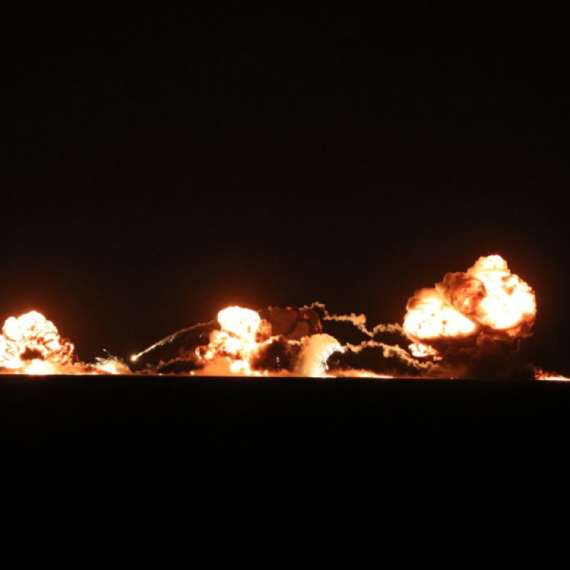
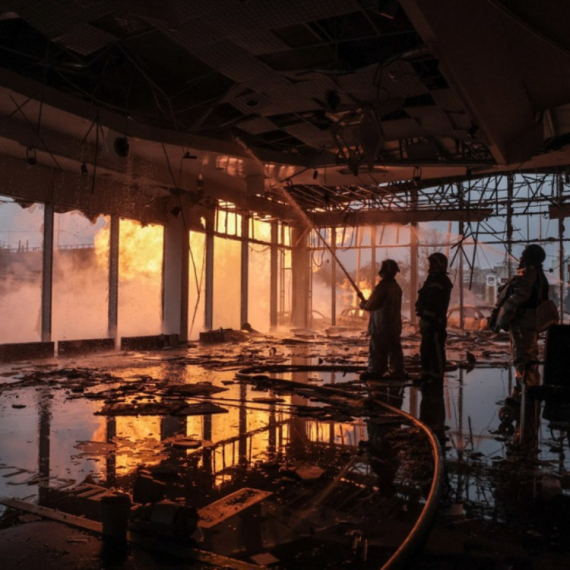
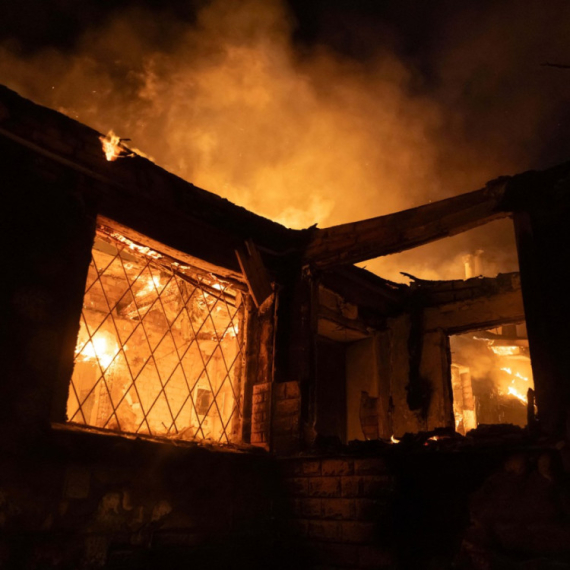
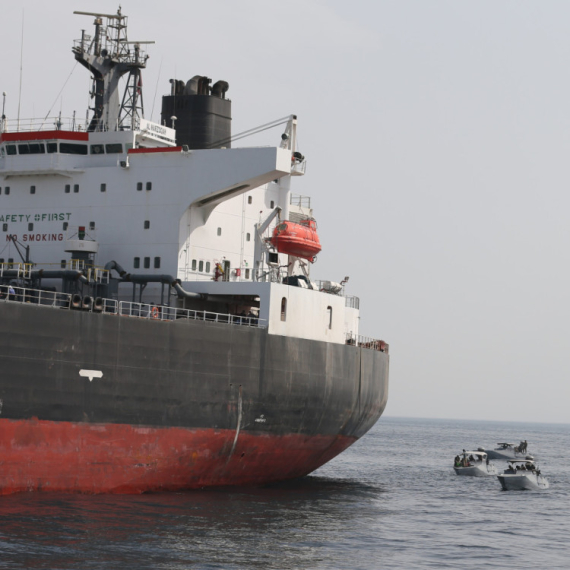




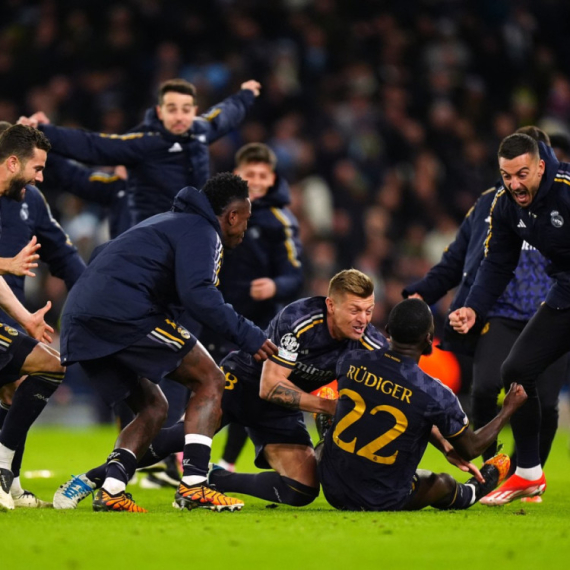

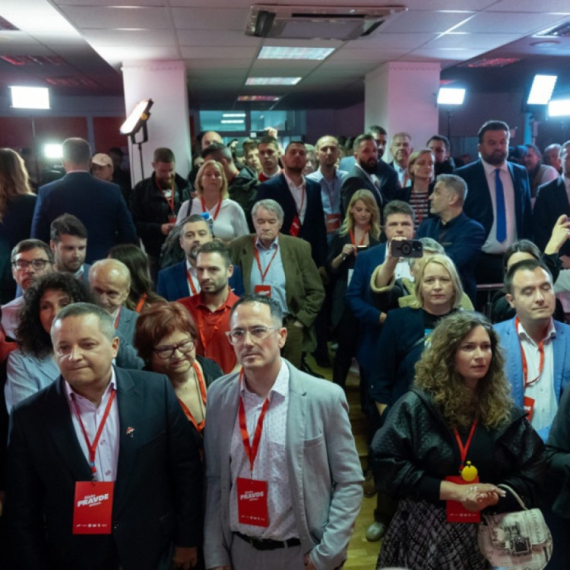


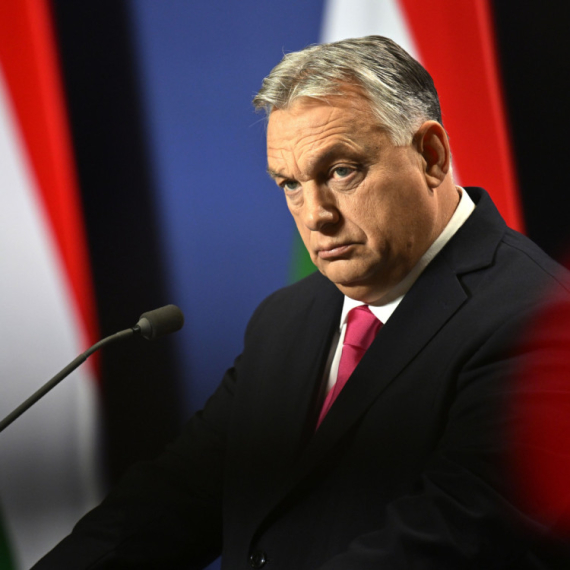
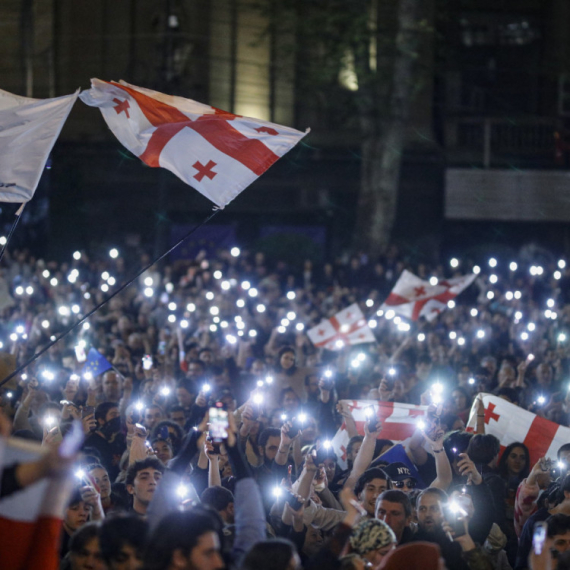











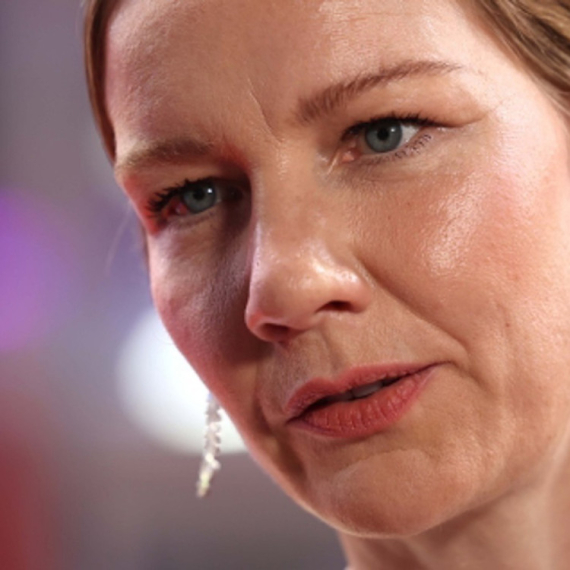


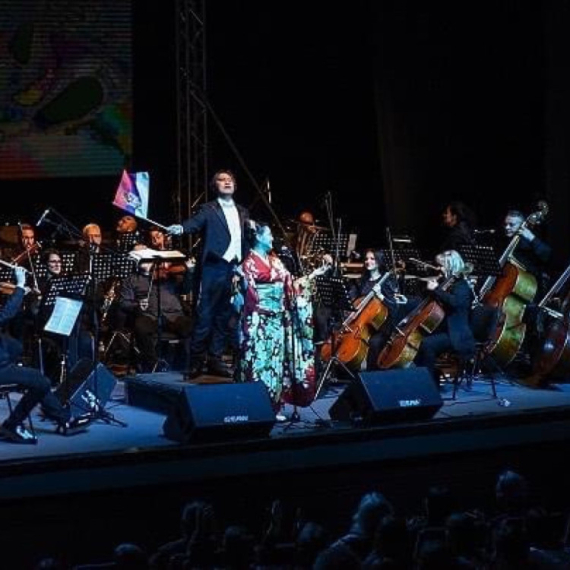


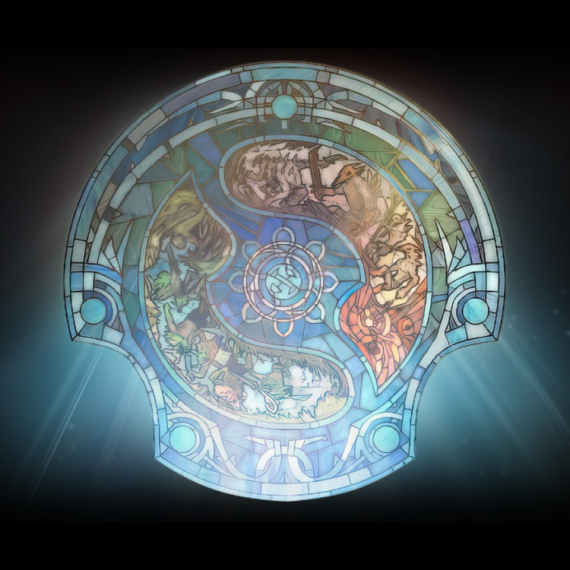


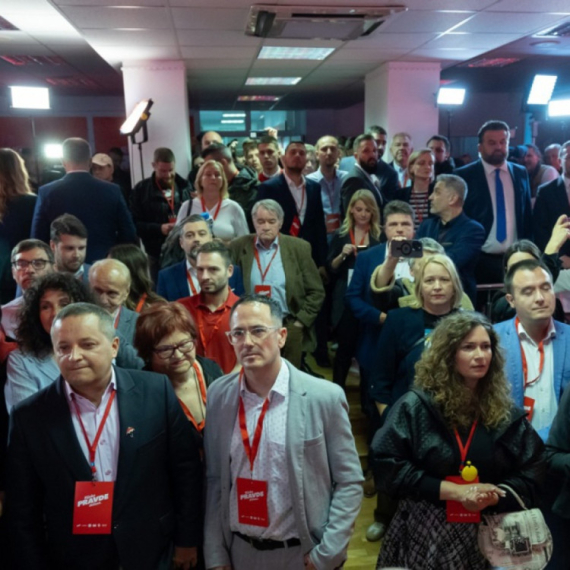



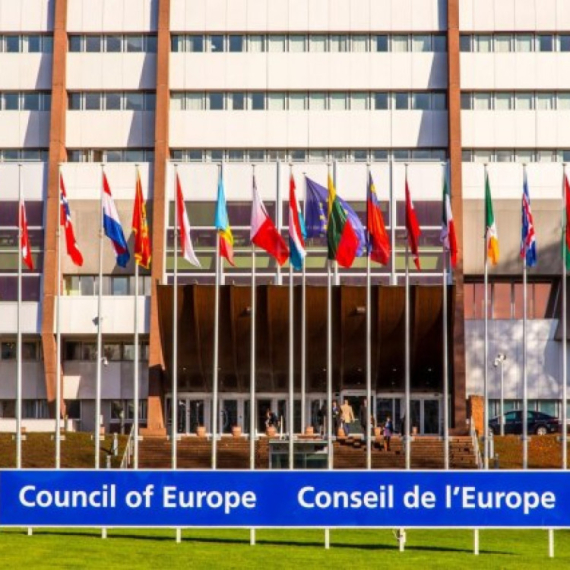

Komentari 4
Pogledaj komentare